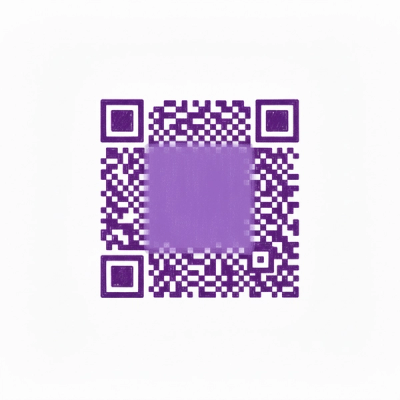
Research
Two Malicious Rust Crates Impersonate Popular Logger to Steal Wallet Keys
Socket uncovers malicious Rust crates impersonating fast_log to steal Solana and Ethereum wallet keys from source code.
@questdb/web-console
Advanced tools
This package contains code of the GUI for interacting with QuestDB.
It is a web application built with TypeScript and React and managed with Yarn@3 and Webpack.
In order to run this package locally, follow the steps below.
Follow the instructions described
in local-development-setup.md document.
After the local development environment setup, you are ready to work on the packages of this project,
including the web console.
@questdb/react-componentsThe web console uses the @questdb/react-components package, so build this dependency first.
yarn workspace @questdb/react-components build
Now we can start the web console.
yarn workspace @questdb/web-console start
By default, localhost:9999 should display the web console.
If the server has a context path configured with the http.context.path option, we need to make sure that
the dev server is aware of it, and it proxies requests accordingly.
We can set the context path with the following environment variable before starting dev server:
QDB_HTTP_CONTEXT_WEB_CONSOLE=/instance2
export QDB_HTTP_CONTEXT_WEB_CONSOLE
yarn workspace @questdb/web-console start
After the above the web console is available on localhost:9999/instance2/
If the context path is removed from the server configuration, we also need to clear the environment variable, and restart the dev server:
unset QDB_HTTP_CONTEXT_WEB_CONSOLE
yarn workspace @questdb/web-console start
This package (web-console) is a GUI for QuestDB, it does not include QuestDB itself.
The web console will load from the dev server without the database, but because it is a tool
to interact with QuestDB, you need to run the database as well to be able to work with it
properly.
Check README.md of QuestDB to learn how to install it.
If you have docker, then it is simply:
docker run -p 9000:9000 -p 9009:9009 -p 8812:8812 questdb/questdb
You can start changing the code, and the web console will automatically refresh on localhost:9999.
Happy hacking!
yarn
build script:yarn workspace @questdb/web-console run build
packages/web-console/distWeb Console uses BundleWatcher to make sure there is no unintentional blowup of assets size. The current limits, defined in the package.json, are as following:
| File | Max allowed size |
|---|---|
| dist/vendor.*.js | 3MB |
| dist/qdb.*.js | 500KB |
| dist/qdb.*.css | 100KB |
| dist/vendor.*.css | 100KB |
If you need to introduce a heavy library or anything that by design is expected to go over the defined limits, make sure to change the watcher configuration.
This package uses Jest for unit tests.
To run them locally while developing, run:
yarn workspace @questdb/web-console run test
This will start jest in watch mode and will rerun tests on file changes.
If you want to run tests once, use:
yarn workspace @questdb/web-console run test:prod
This command is also used in CI.
This monorepo contains browser-tests package which is used to test
web-console package. browser-tests does not yet run as part of
web-console build on CI, but they can be used to test changes locally.
Tests are written with Cypress E2E framework.
web-console local dev environment as explained above in this document.yarn workspace browser-tests test
or
yarn workspace browser-tests run cypress open
FAQs
QuestDB Console
We found that @questdb/web-console demonstrated a healthy version release cadence and project activity because the last version was released less than a year ago. It has 3 open source maintainers collaborating on the project.
Did you know?

Socket for GitHub automatically highlights issues in each pull request and monitors the health of all your open source dependencies. Discover the contents of your packages and block harmful activity before you install or update your dependencies.

Research
Socket uncovers malicious Rust crates impersonating fast_log to steal Solana and Ethereum wallet keys from source code.

Research
A malicious package uses a QR code as steganography in an innovative technique.

Research
/Security News
Socket identified 80 fake candidates targeting engineering roles, including suspected North Korean operators, exposing the new reality of hiring as a security function.